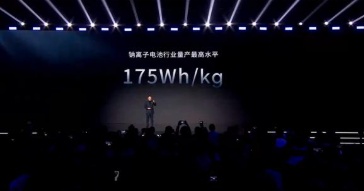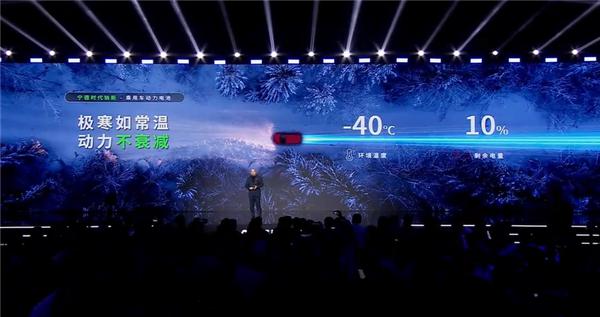World's First New National Standard Sodium-Ion Battery! CATL: New Sodium-Ion Passenger Car Power Battery Is Being Implemented
On September 16, it was reported that CATL stated on an interactive platform that the company released a new sodium-ion battery in April. The new sodium-ion passenger car power battery boasts excellent low-temperature energy retention and safety performance. In early September, the company's new sodium-ion battery passed the new national standard certification, becoming the world's first sodium-ion battery to do so.
Currently, the company's sodium-ion passenger vehicle power batteries are being developed and implemented with customers, and the progress is smooth.

It is reported that the new national standard will officially be implemented on July 1, 2026, aiming to eliminate the risk of spontaneous combustion of electric vehicles from the source. The standard sets strict requirements for battery safety in multiple dimensions, including thermal diffusion, bottom impact, and fast charging cycles.
In third-party authoritative tests conducted by the China Automotive Technology and Research Center New Energy Testing Center, CATL’s new sodium battery demonstrated excellent safety performance at both the cell and battery pack levels, successfully passing all tests.
The sodium-ion battery not only effectively reduces dependence on lithium resources and builds a safer, lower-carbon new battery industry ecosystem, but also addresses the low-temperature challenges in northern regions, promoting the adoption of new energy vehicles in northern and other high-latitude areas.

It is reported that CATL's sodium-ion batteries for electric vehicles were officially announced at a press conference on April 21 this year. At that time, the company stated that mass production would begin in December, and these batteries can be used in hybrid and pure electric vehicles.
CATL's sodium-ion battery boasts the industry's highest energy density of 175Wh/kg, with a hybrid electric range exceeding 200 kilometers and a pure electric range exceeding 500 kilometers. It supports 5C ultra-fast charging and has a cycle life of 10,000 times.


Sodium-ion batteries are much safer than lithium batteries. They have undergone rigorous testing, including multi-faceted compression, needle puncture, drill penetration, and battery cutting, all without catching fire or exploding.
The most crucial aspect is its resistance to low temperatures. In an environment of -30°C, it takes only 30 minutes to charge from 30% to 80%, with an available capacity of 93%. In a low battery state of 10% SOC, it can maintain a high-speed drive at 120 km/h.
【Copyright and Disclaimer】The above information is collected and organized by PlastMatch. The copyright belongs to the original author. This article is reprinted for the purpose of providing more information, and it does not imply that PlastMatch endorses the views expressed in the article or guarantees its accuracy. If there are any errors in the source attribution or if your legitimate rights have been infringed, please contact us, and we will promptly correct or remove the content. If other media, websites, or individuals use the aforementioned content, they must clearly indicate the original source and origin of the work and assume legal responsibility on their own.
Most Popular
-

List Released! Mexico Announces 50% Tariff On 1,371 China Product Categories
-

EU Changes ELV Regulation Again: Recycled Plastic Content Dispute and Exclusion of Bio-Based Plastics
-

Mexico officially imposes tariffs on 1,400 chinese products, with rates up to 50%
-

Clariant Unveils Cost-Cutting Plan Details, Plans to Shut Down Multiple Plants
-

Nissan Cuts Production of New Leaf EV in Half Due to Battery Shortage






